
7 minute read
A VERY BERRY SAMPLER: Edible Berries in the Wild
1. Beautyberry – Used to make jellies and wines, a vital food source for wildlife, it is edible for consumption in small amounts. Its berry growth is of the more unusual manner, clusters growing on the plant stems.

Advertisement
2. Elderberry – Commonly used in medicinal applications as well as juices, jams, pies, and wine, it should be cooked; leaves, stems, bark, and roots are toxic.
3. Mulberry – Is sweet and juicy and packed with vitamin C; used in pies, cordials, and teas. It is also endowed with beneficial minerals and antioxidants.
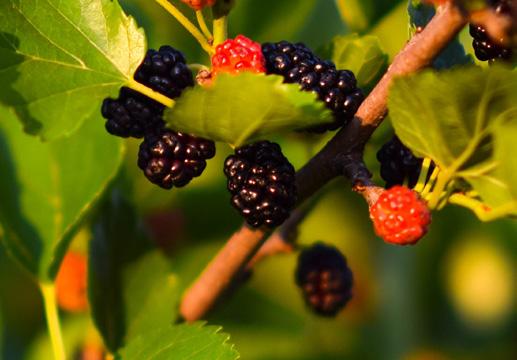
4. Staghorn Sumac – Unlike the itchy variant of sumac, the staghorn is edible and tasty with a lemony flavor. High in vitamins A and C, it has long been used as a medicinal herb. Red in color, it differentiates from the poisonous variety, which is white.
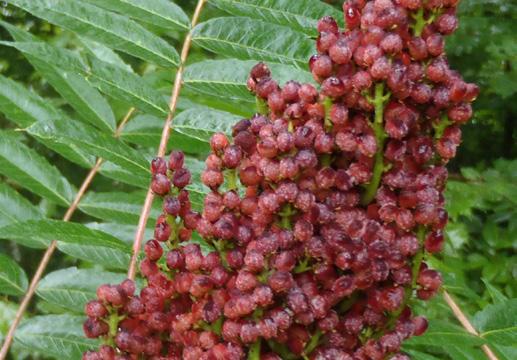
5. Surinam Cherry – Technically a fruit and considered an invasive species by some, it ranges from pale green to bright red. As with most berries and fruits, the unripe green ones are tart; the dark red ones are tangy and sweet.

6. Wild Black Cherry – Sweet and delicious, these are smaller than traditional cherries and grow from trees that can become tall and full, favored by multitudes of birds.
7. Creeping Cucumber – Can almost resemble a tiny watermelon in its unripe state, which is when it’s safe to consume. Avoid the darkened purple-to-black ripe stage as it is then a powerful laxative.


8. Foot Fruit – While the fruit itself is edible and sweet, the plant and seeds are toxic. The pulp and skin—red, blue, or purple—can be eaten raw or cooked.

9. Huckleberry – Sweet and tart, it is rich in antioxidants and contains more beneficial compounds than some other berries.
10. Black Chokeberry – Though astringent in the raw, it can be cooked for use in baking and in jams, jellies, syrups, tea, juices, and wine. It is also vitamin- and antioxidant-rich with immunity-boosting properties.
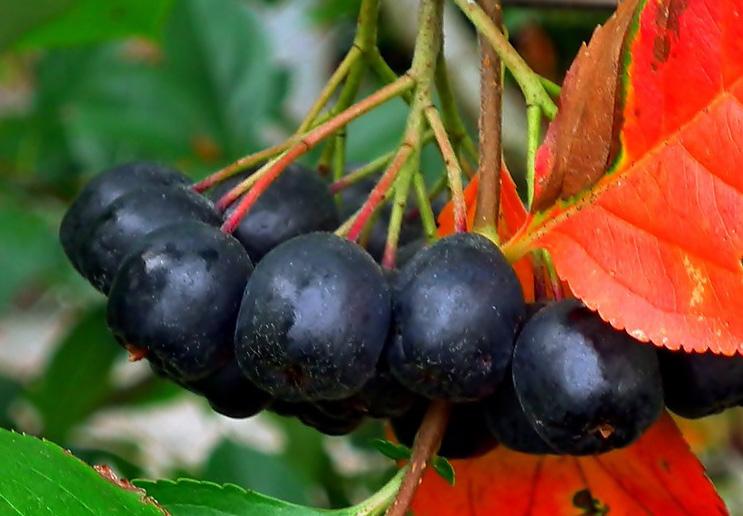


11. Muscadine – is a grapevine species with a thick skin ranging in color from gold to purple and black. It is a source of vitamin B2, high in riboflavin and fiber, and used to make muscadine wine.
12. Gooseberry – These grow on bushes and are green to red to purple, varying between tart and sweet. A cup contains nearly 50% of the daily value of vitamin C.

Wake up, grab your bag…we have to get out of the house right now! There’s a fire, and it’s a big one. We’re losing everything…take only what you have ready now or we may die!
This scenario could happen to anyone at any time. It doesn’t have to be a fire. The nightmare scenario for any parent could be caused by floods, storms, riots, or worse. The cause is not the point. The PLAN is.
I’ll start with a confession. When I was a younger father, and an actively serving Green Beret (U.S. Army Special Forces), I took the remit to do my mission very seriously and it spilled over into my family life, too. That may be good or not so good, depending on how you view it. For being ready? We were tight. For being a bit too harsh? Yep, that’s right. Let me explain.
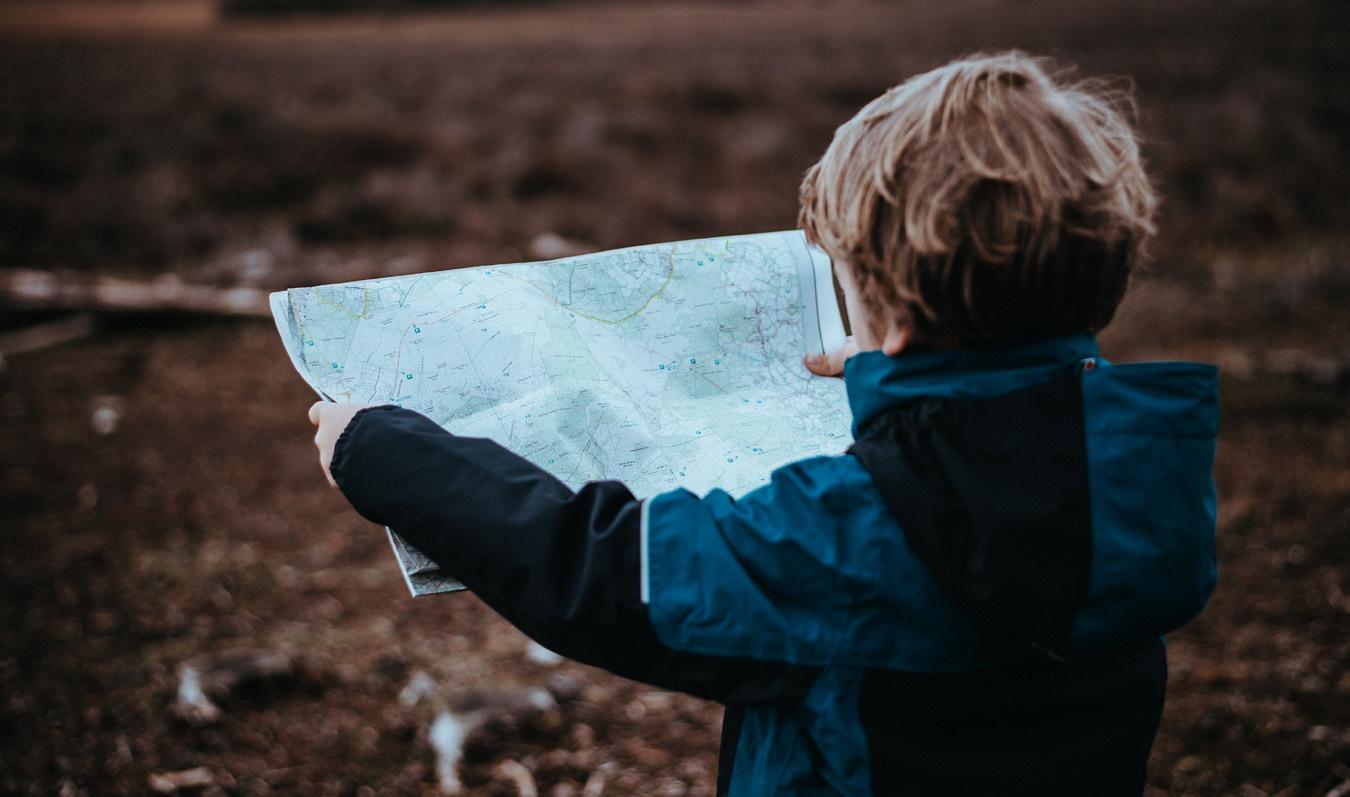
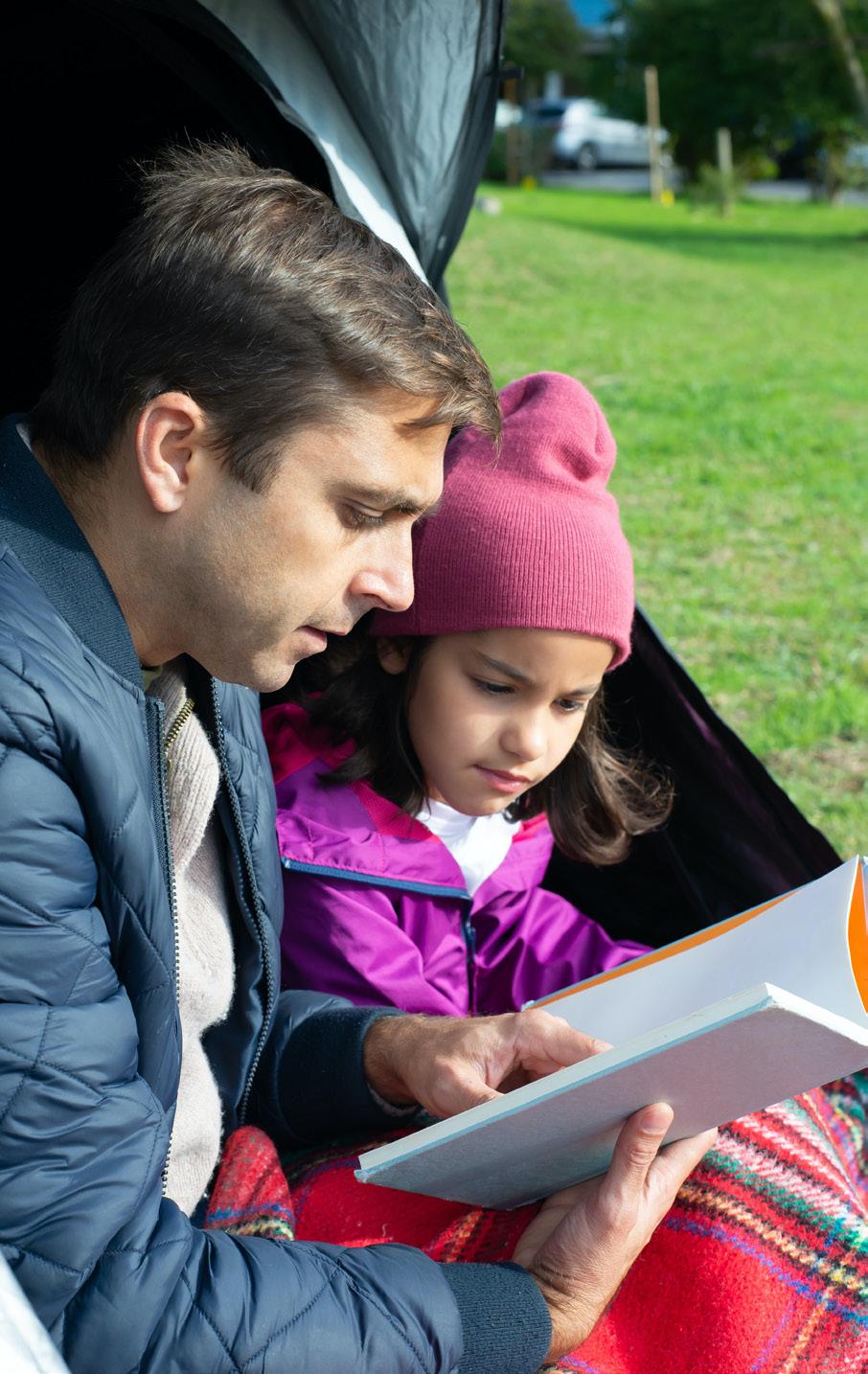
For an example—and this is a true story—I used to train my young sons, maybe ages 8 and 6, how to respond to a fire if Dad was deployed and Mom was unconscious from smoke inhalation. The eldest was trained to drag an 80-pound duffle bag, representing his unconscious mother, off the couch and low crawl out the front door. The younger was taught to reach for the phone—yes, before cell phones—and take it to the floor below the smoke, dial 911 and answer questions about the fire, his address, number of people, status of people, and then leave the phone off the hook and low crawl out the front door to join his brother and mother. To make it worse, we did this at night, while asleep, while being timed…all after training of course. And this was just one thing. There were more.
I still hold to those high standards and principles with my younger son, thank God, but I have softened my approach significantly, choosing fun over force, especially with kids and family. I find they like that better, and so do I. And for what it’s worth, I think kids learn better that way, too. When it’s fun, they engage, they ask questions, they imagine, and that gets them to buy in. Which makes it better in the long run, a lot more pleasant, and a much fonder family memory.
Now, if I only had a short time, a harder approach might be warranted. But in general, when it comes to the family, a softer, loving approach is usually best. So, with that, I wanted to share an introduction to Family Survival Training Strategies I’ve developed and used over the years in the hope it may be of use and benefit to some.
That said, it’s far beyond the scope of this article or any article, to tell you exactly what to teach and how to train your family, as that will be a unique case by case story. I have been teaching survival to families, couples, and kids for 30 years, and they have been custom tailored as every family is unique. So, while I can’t give you exact answers, I can give you a great overview that will help you, as the family leaders, to better plan and conduct your own training. But first, let’s discuss time.
Before you can really make your annual training schedule for you family, you have to make a realistic assessment of how much time you have to work with. Some folks do home schooling and they can likely spend all the time they want on any subjects they choose. Some folks have kids in school, with part- and full-time jobs, and time is a precious commodity. So, I’ll try to keep this as a big picture concept. I have full faith you smart folks out there can take the ball and run with it from there.
I do recommend for everyone, regardless of your time constraints, to schedule one weekend a year for Family Survival Fun. You may camp out in the backyard, or if you live in a city, try camping out in your apartment. Just don’t use any electricity, gas, or running water. Turn off the air conditioner or heaters, too. Make it as rustic and fun as possible.
With the minimal one weekend a year, it is much more viable to do, no matter who you and your kids are. It is much more sustainable, too, as almost everyone has one weekend a year to play with. Now, when I say a weekend, I mean like a long, three-day weekend.
Why? Because I have learned over years of teaching, doing, living, and learning survival, that after three days, the fun meter (aka misery factor) is definitely maxed out and everyone is sick of it, ha! But also, the practical aspect is very solid; if you can do the right things to survive the first 72 hours, chances are very high you can keep doing that as long as it takes to keep surviving. Statistics show that most folks are rescued within three days (if rescue happens, at all).
But that doesn’t mean you need a heavy commitment to three days. I encourage folks to start light and easy and just have one night, with the full day before—and this is key—the full day after. This way you really start to figure out what you know and don’t know, have and don’t have, need and don’t need. And from those three key things, you find where you’re strong so you can shore up and reinforce, and where you’re weak and need other supplies, skills, and/or training.
Remember, the name of the game is fun first. Trust yourselves, and you will get the learning needed. From that, you can plan the rest of the training you need for the year. For example, you may learn you need a few more options for ways to purify water, so you need a few more supplies or items in your kit(s). Or you may find that your fire making skills have gotten rusty, so you need to practice that more. Or you might find you’re wholly lacking in navigation skills, so you need to seek out some training.
By doing this one night over a weekend fun survival at home operation, you’re conducting an assessment, analysis, and review in order to establish priorities of work, acquisition of logistics, and coordination of training schedules for the remainder of the year. This gives you a comprehensive approach to your mission planning for family survival.
Once you have a baseline assessment of your capabilities, you have to address your threats. What are they? Do you live in a place prone to drought, blizzards, hurricanes, earthquakes, or fires? Figure out ALL the potential threats you face, then begin researching countermeasures that work for you, your time constraints, and budgetary limitations.
The last aspect of preparing your personal family survival plan is to do an honest assessment of your own assets. How many kids do you have? How old are they? What are their physical and mental propensities? I’ve learned you can train anyone and everyone, but that doesn’t necessarily mean they will be the best or even reliable. So work with their strengths and compensate for their weakness. Everyone, even the pets, have a purpose and a place on your team. Make them all valued participants.
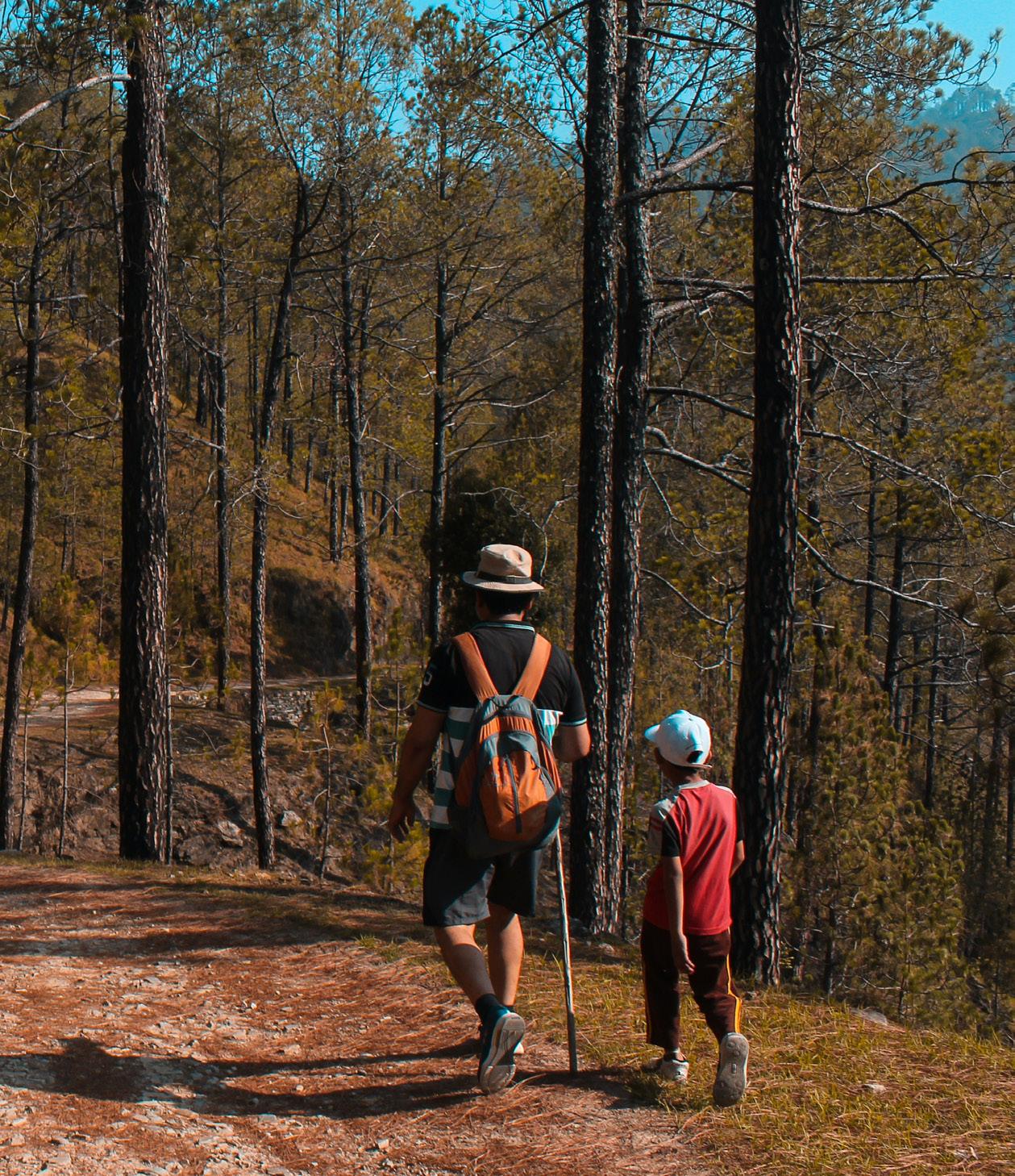
When it comes to survival, everyone has skin in the game and everyone’s part helps, and that matters. Remember, they’re not soldiers, they’re family. They’ll be worried, maybe even afraid. Fatigue is to be expected and sickness is a likely possibility. Make backup plans for every person and everything.
Finally, the Eight Pillars of Survival are Food, Water, Fire, Shelter, Communication, Medication, Navigation, and Protection. With these guidelines, you can deduce what your needs are and then your budget will determine what your supplies need to be. You work with what you have to make sure everyone knows as much as their capacity allows. That means cross-training for everyone. Teach your youngest how to start a fire—lighters are fine—and teach them how to do basic first aid, even if just on themselves.
All of these shared methods are tried and true, battle tested, special ops-style principles for making a sound training plan for anyone and everything, and they will certainly enhance whatever your current family plans are.
In future issues, I will offer up some suggested family survival outings and itineraries with skills and drills to practice, techniques to make the learning fun for kids, and recommendations for gear.

Mykel and Ruth Hawke are the authors of Family Survival Guide: The Best Ways for Families to Prepare, Train, Pack, and Survive Everything.










